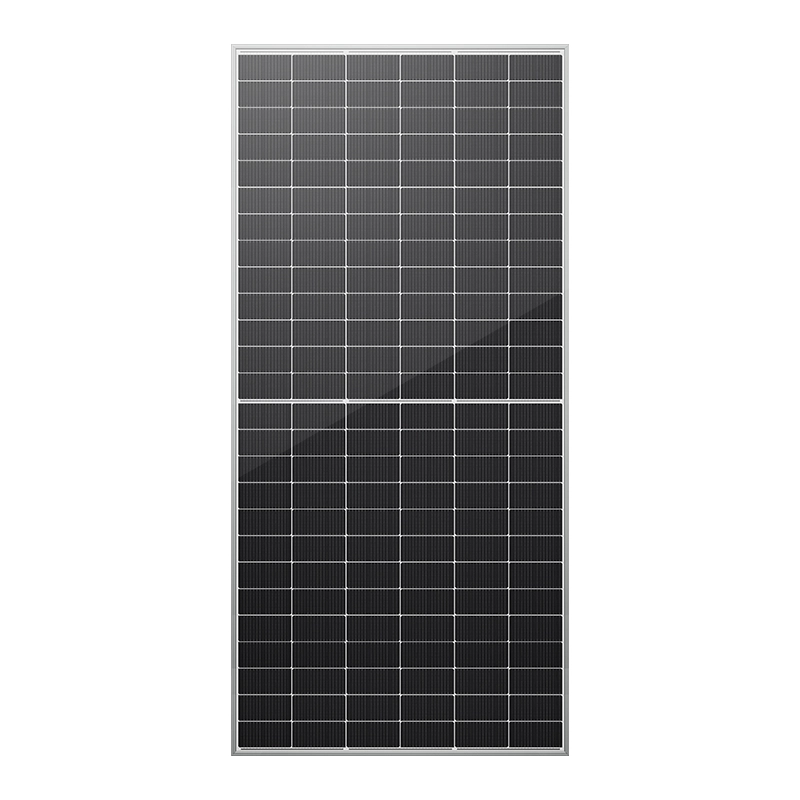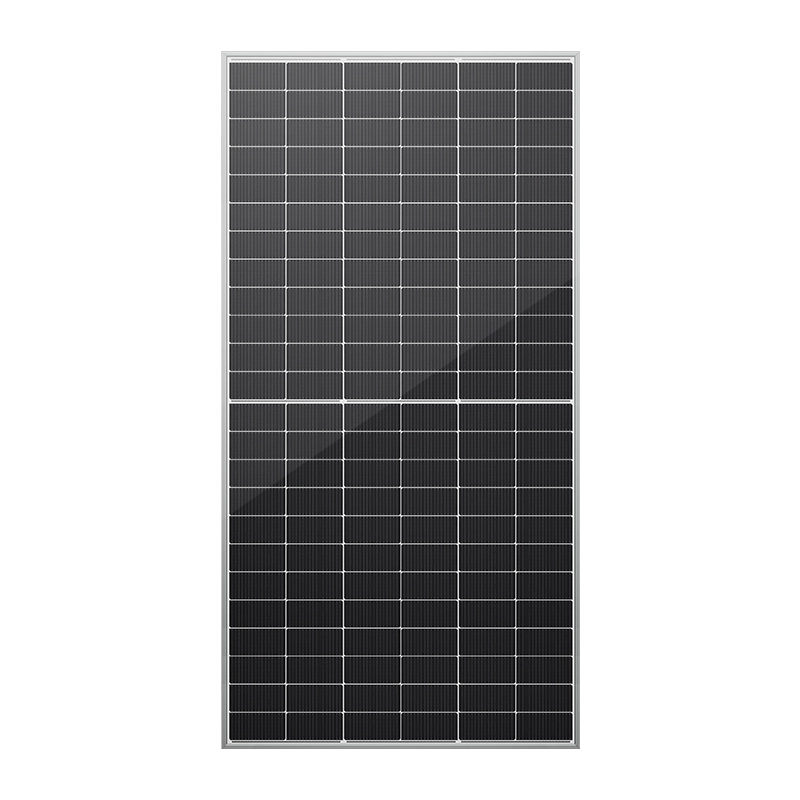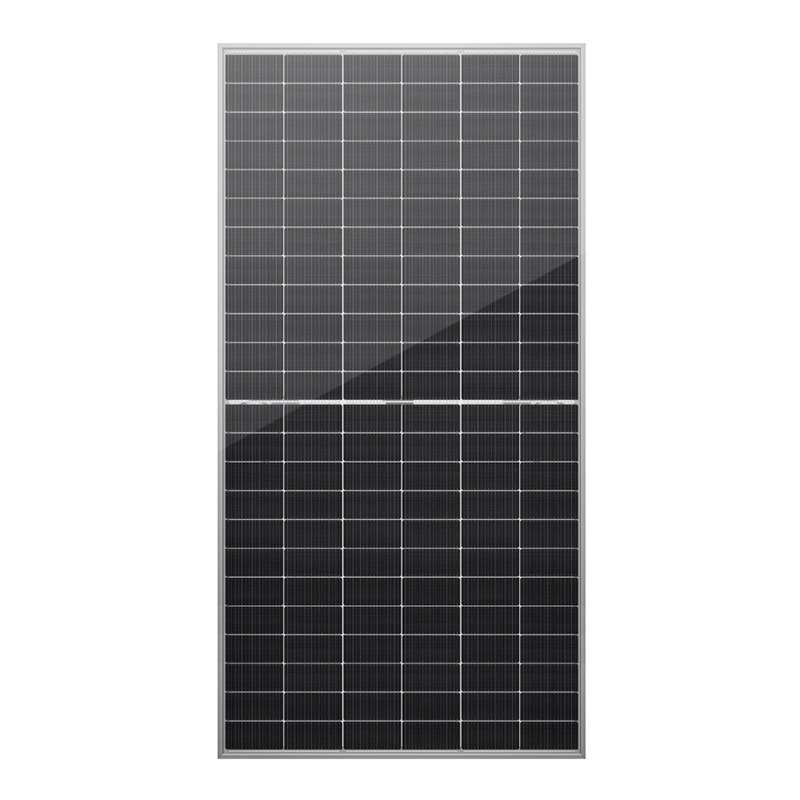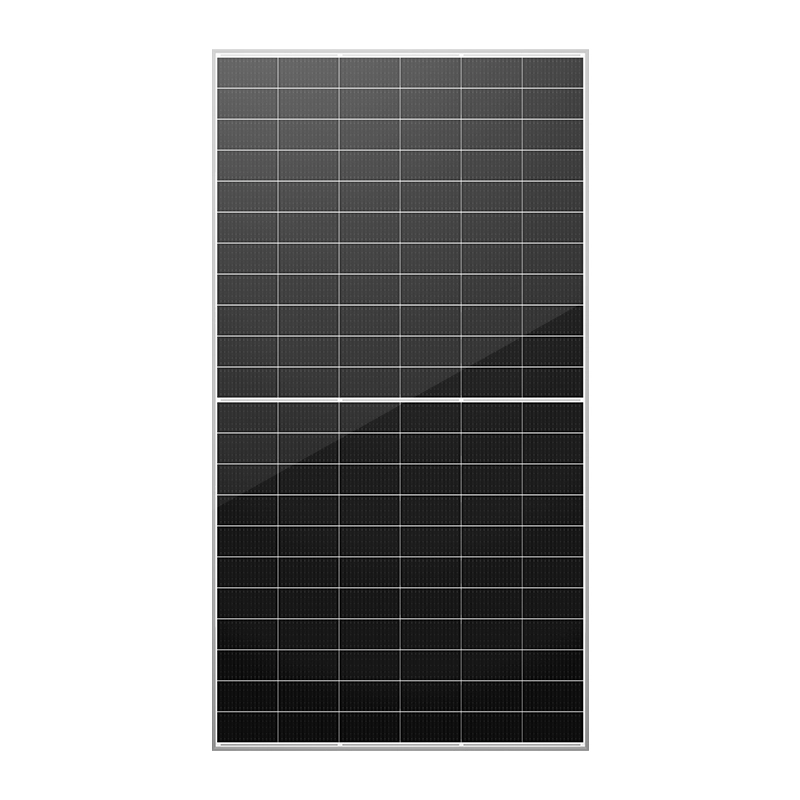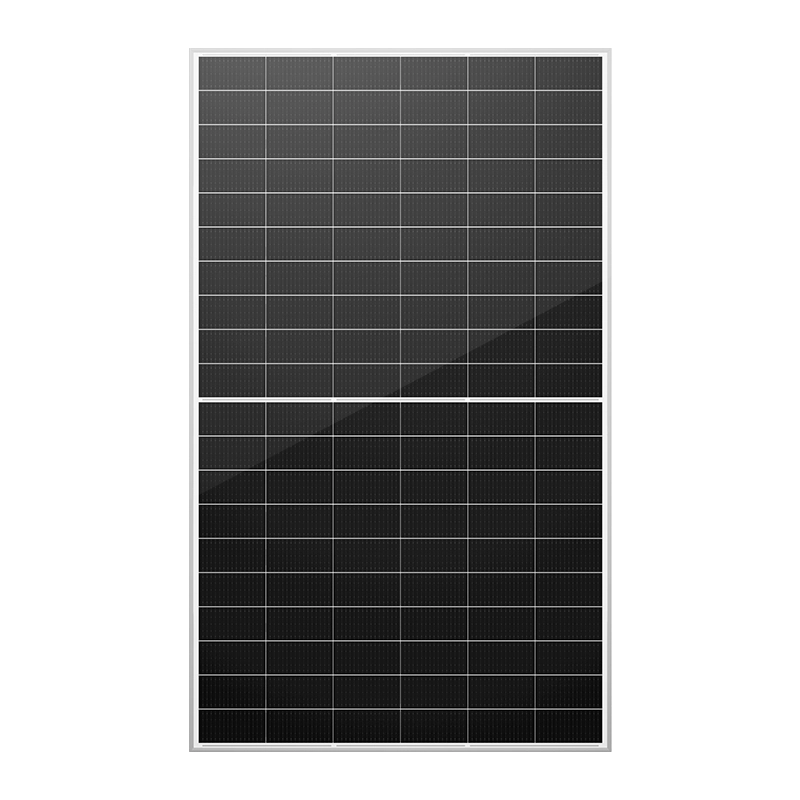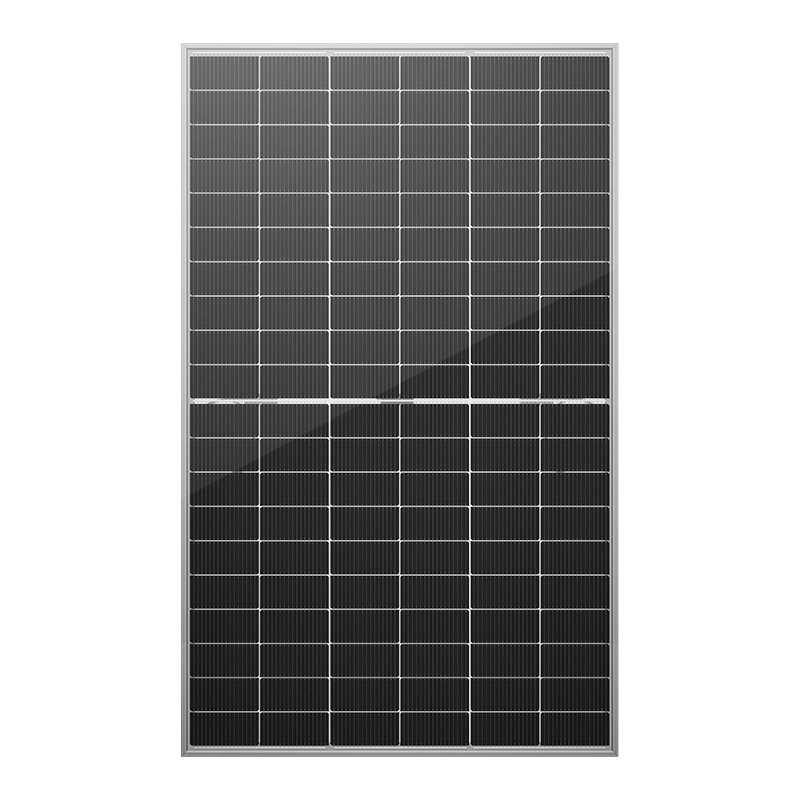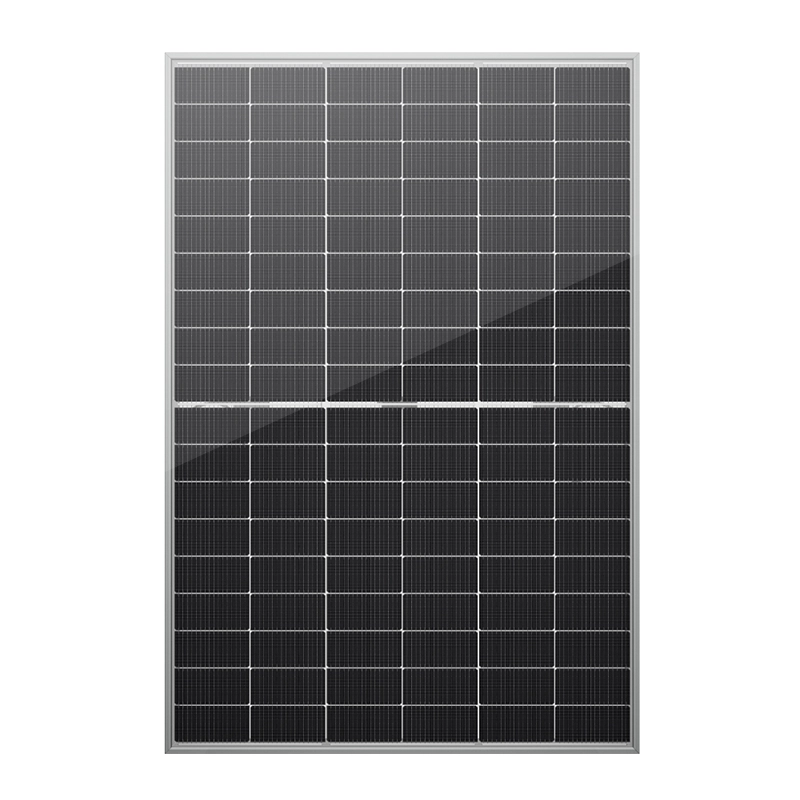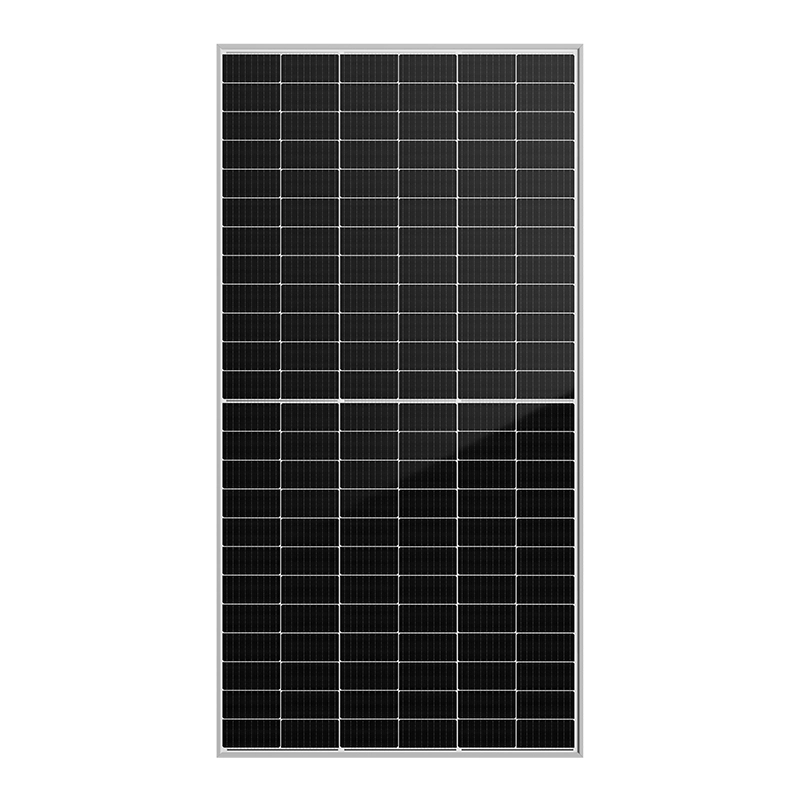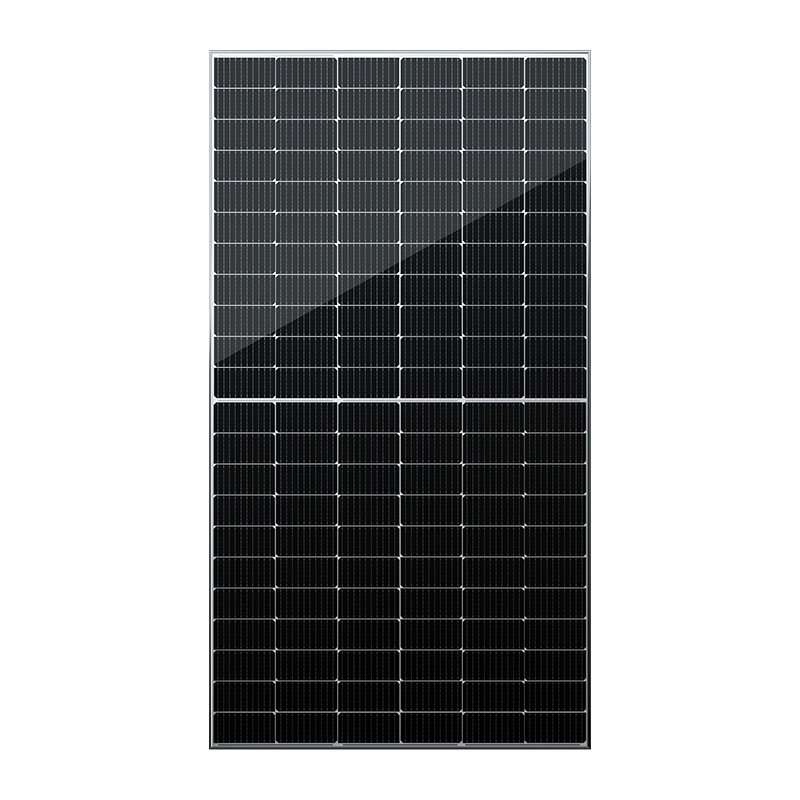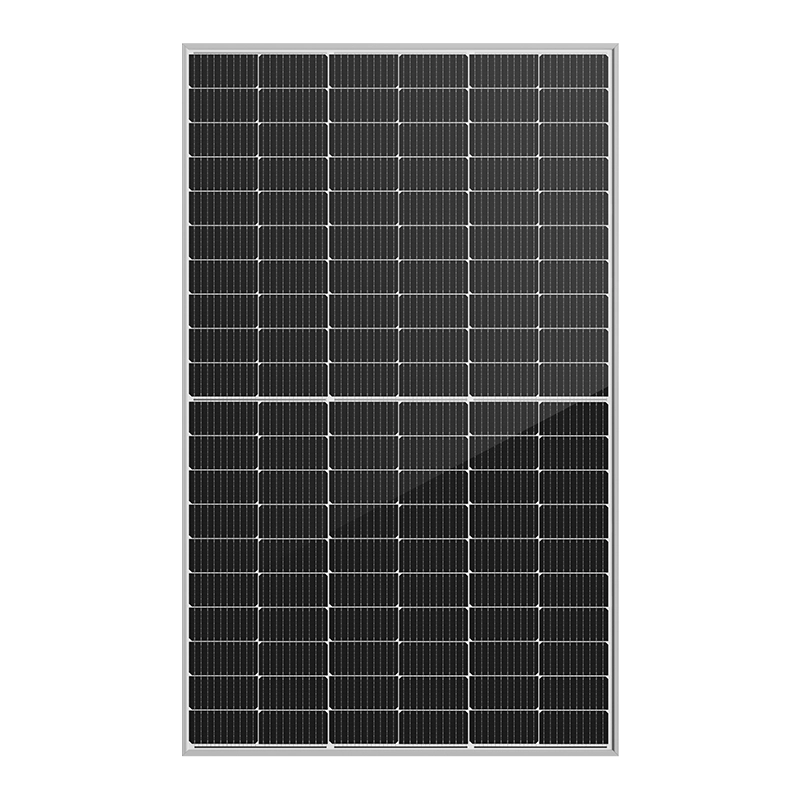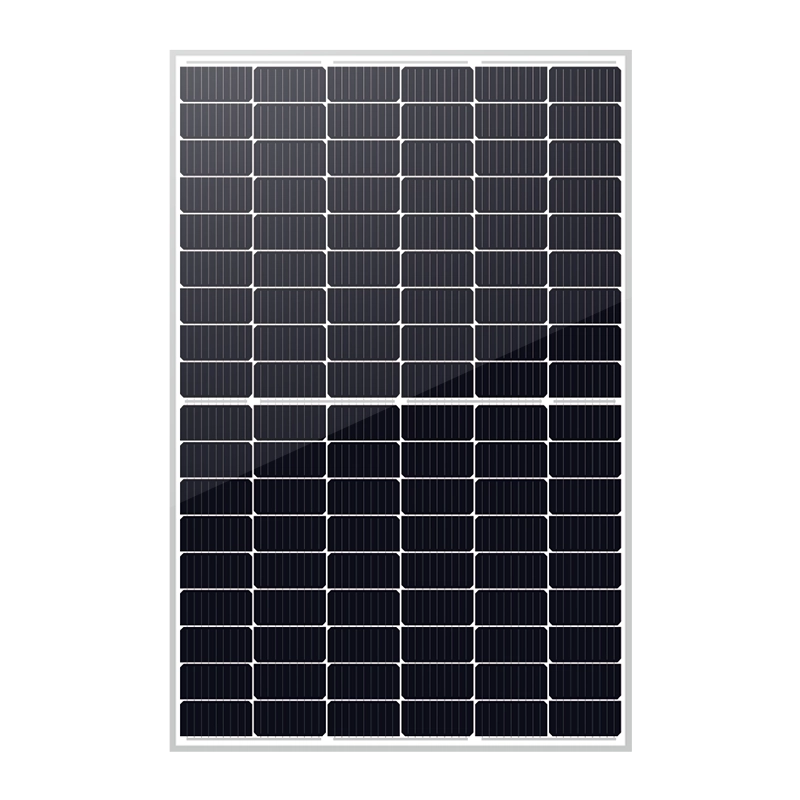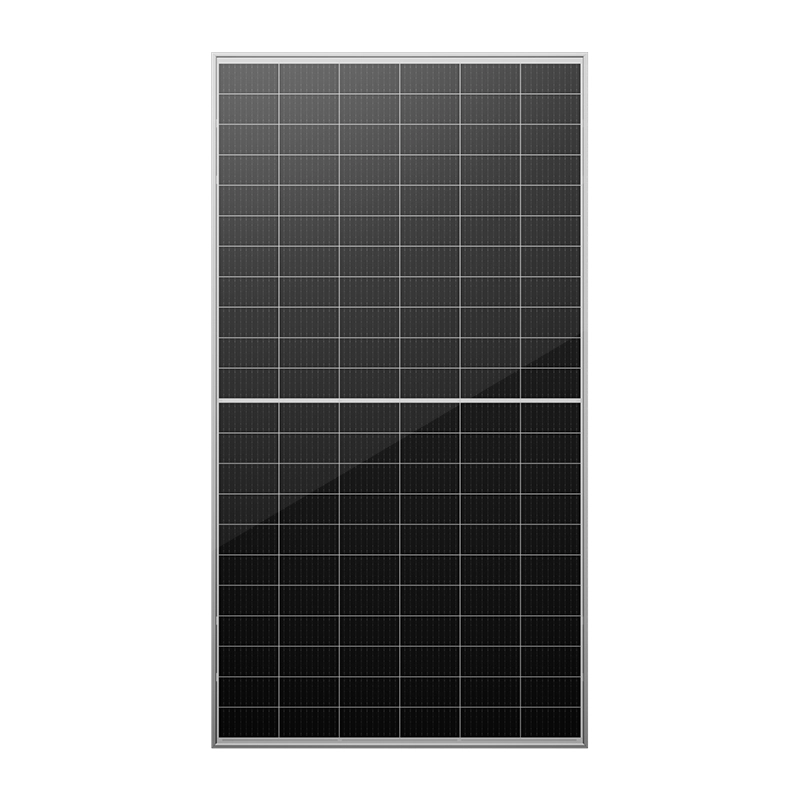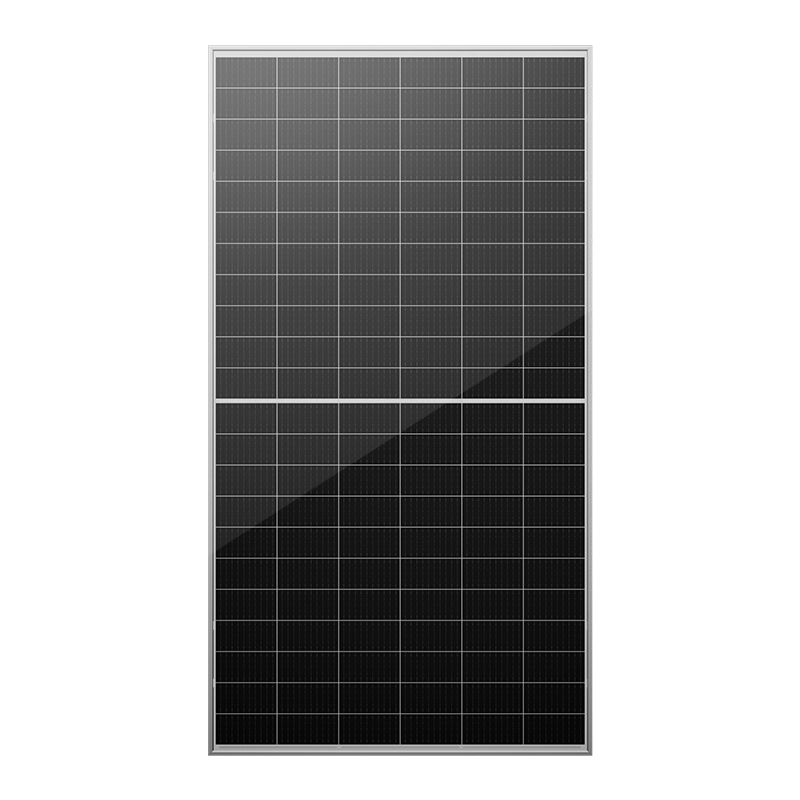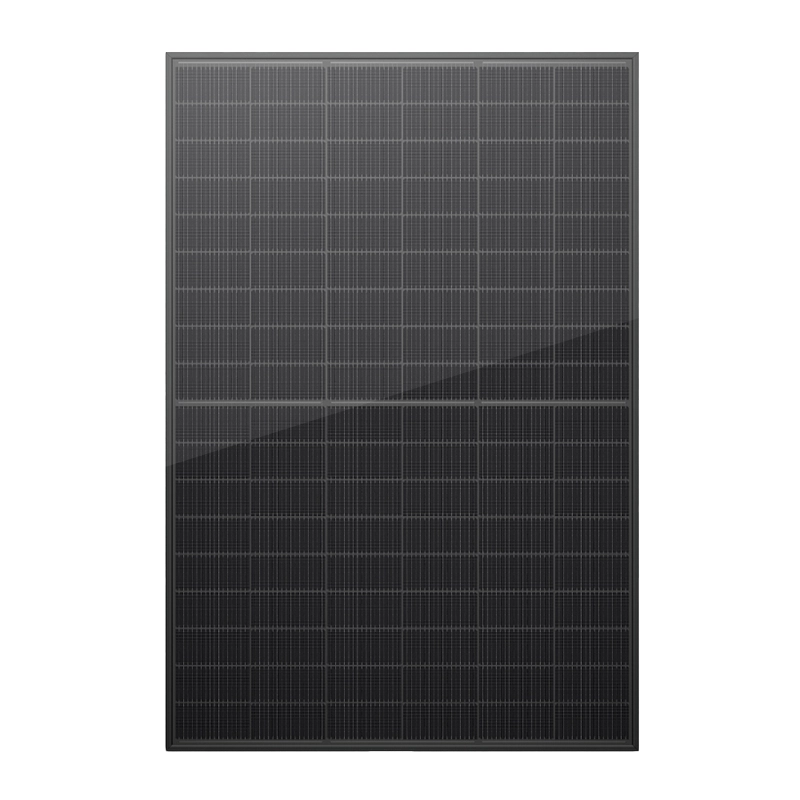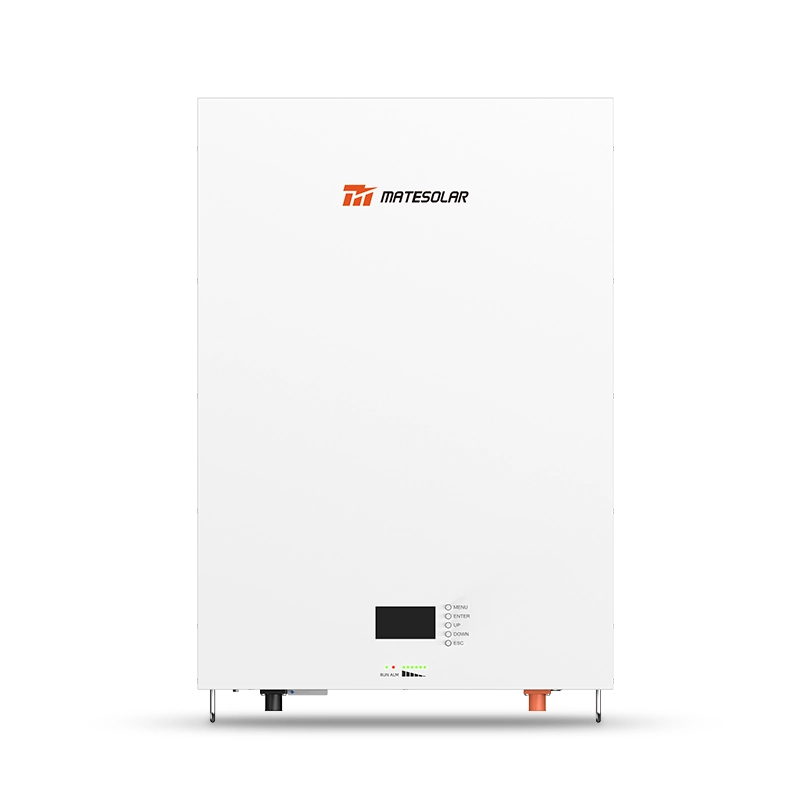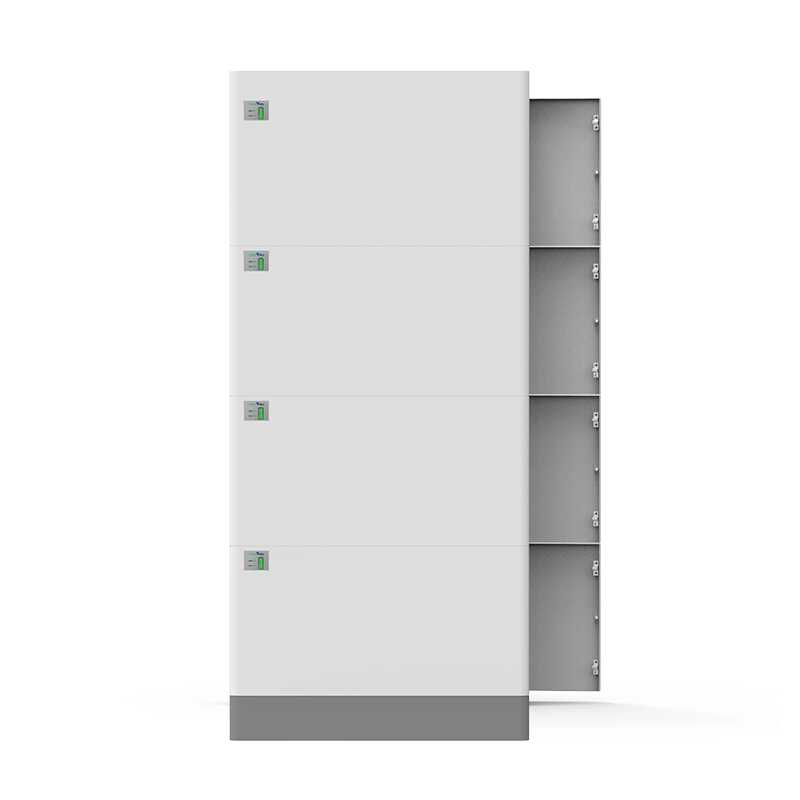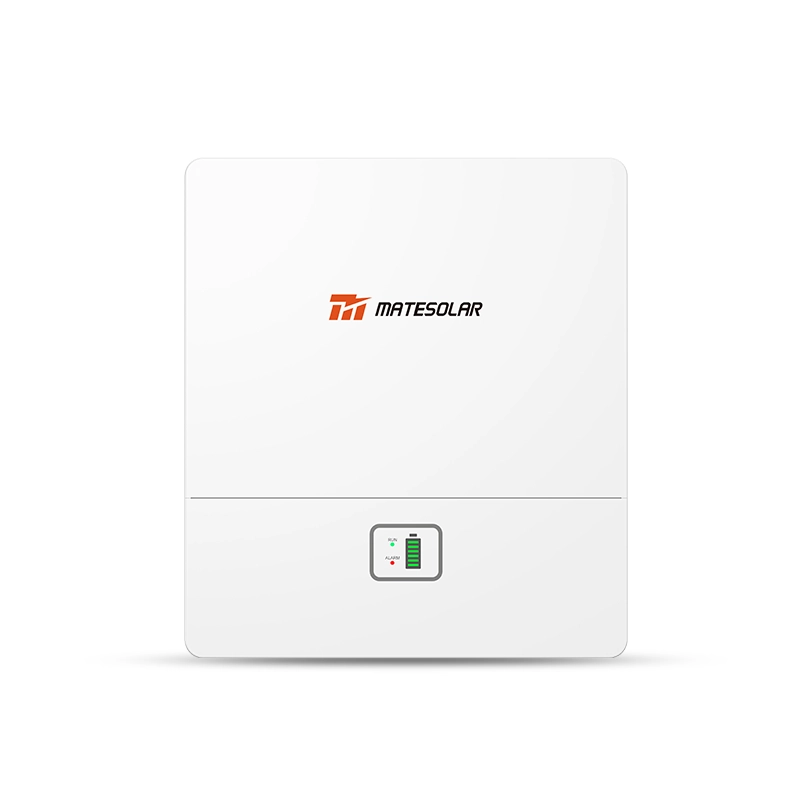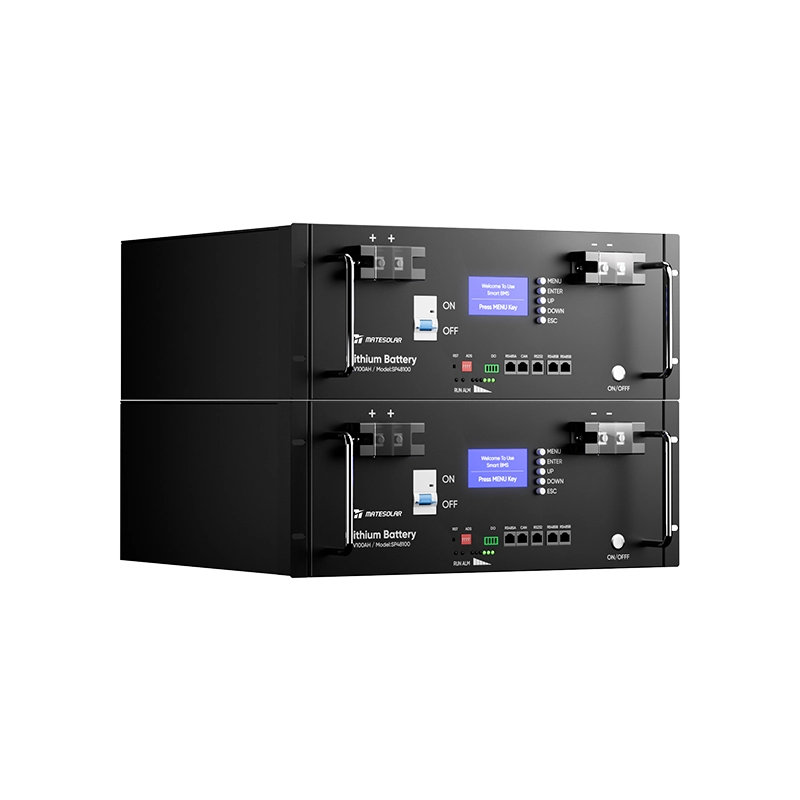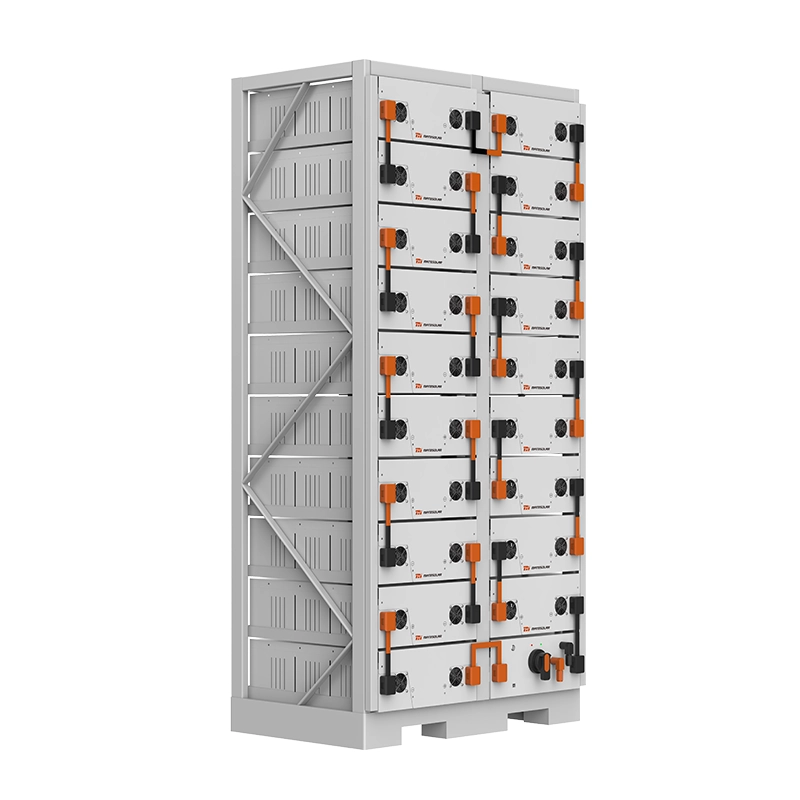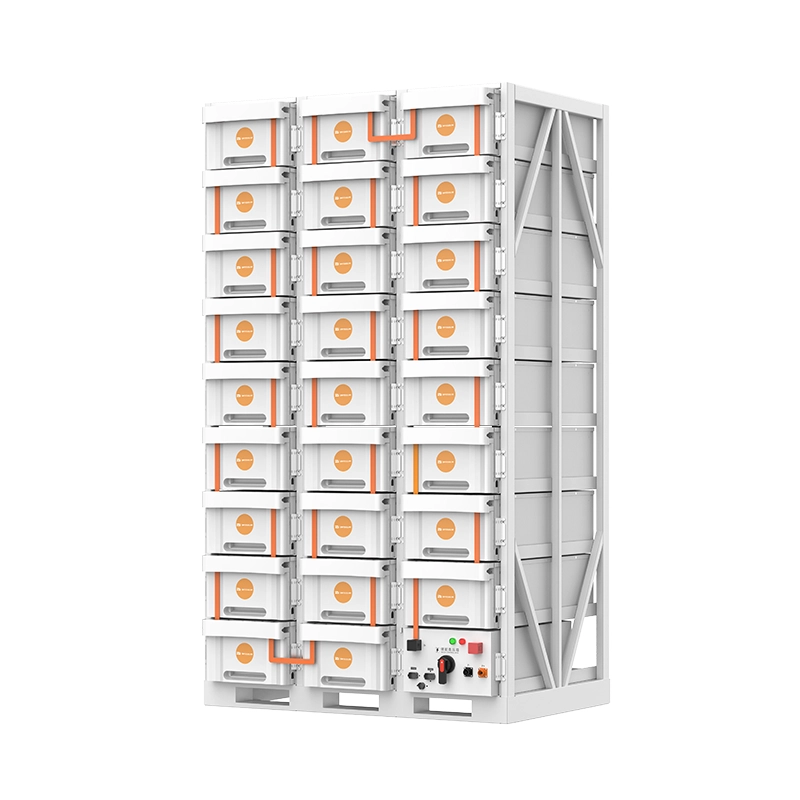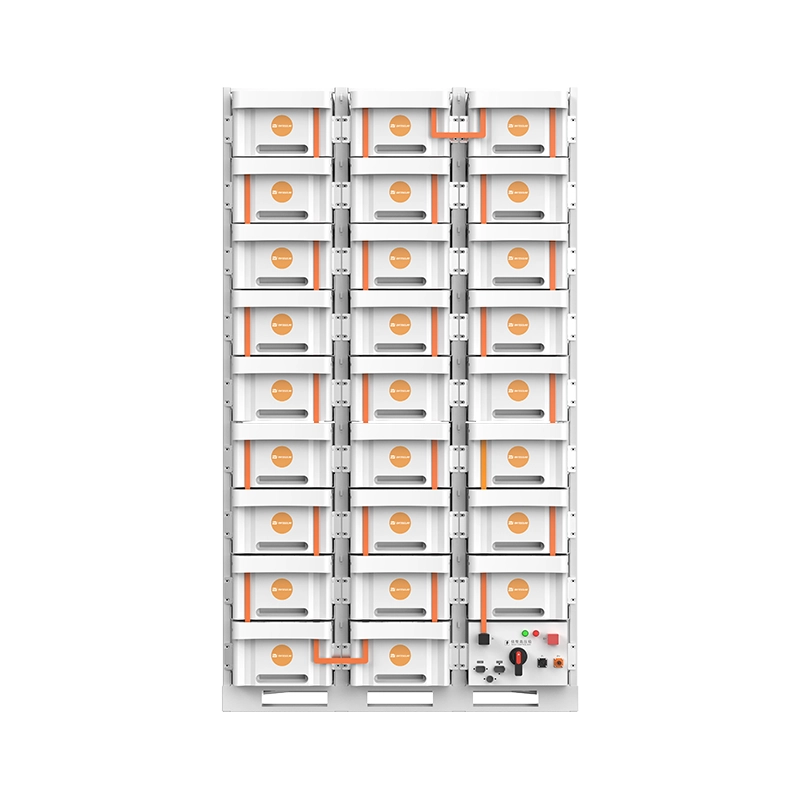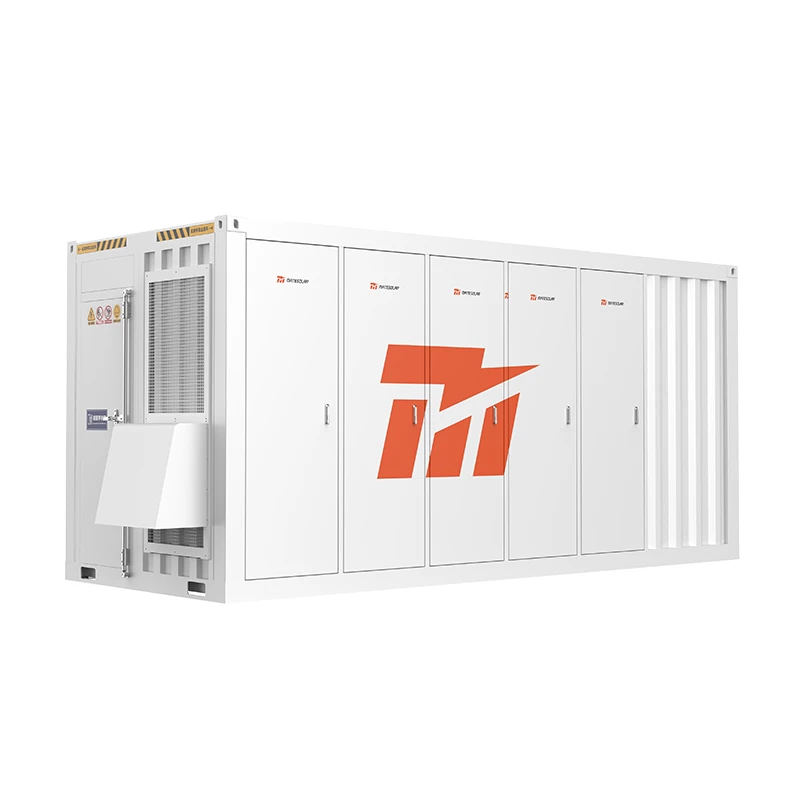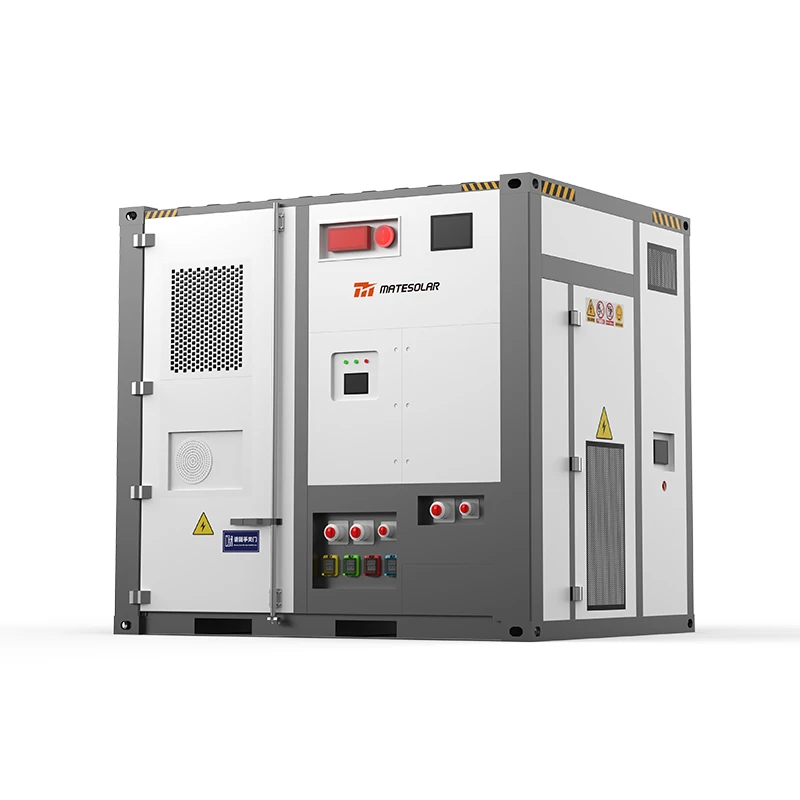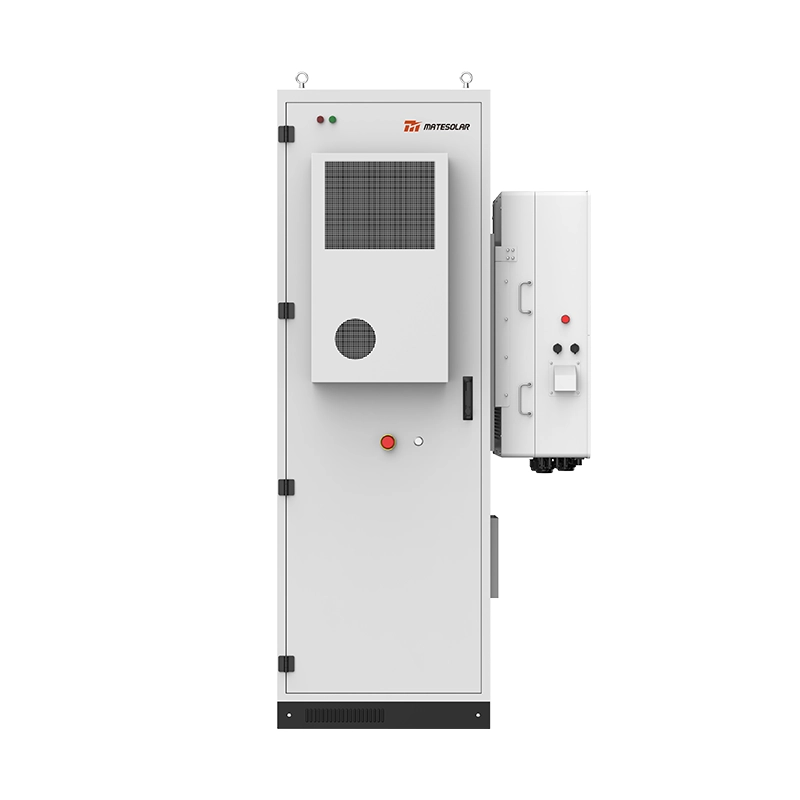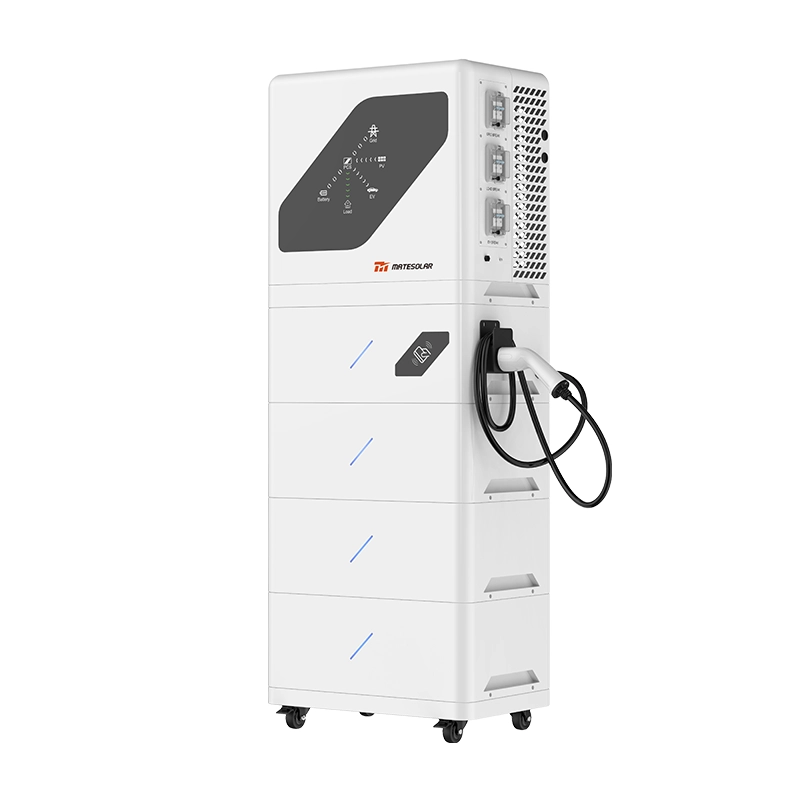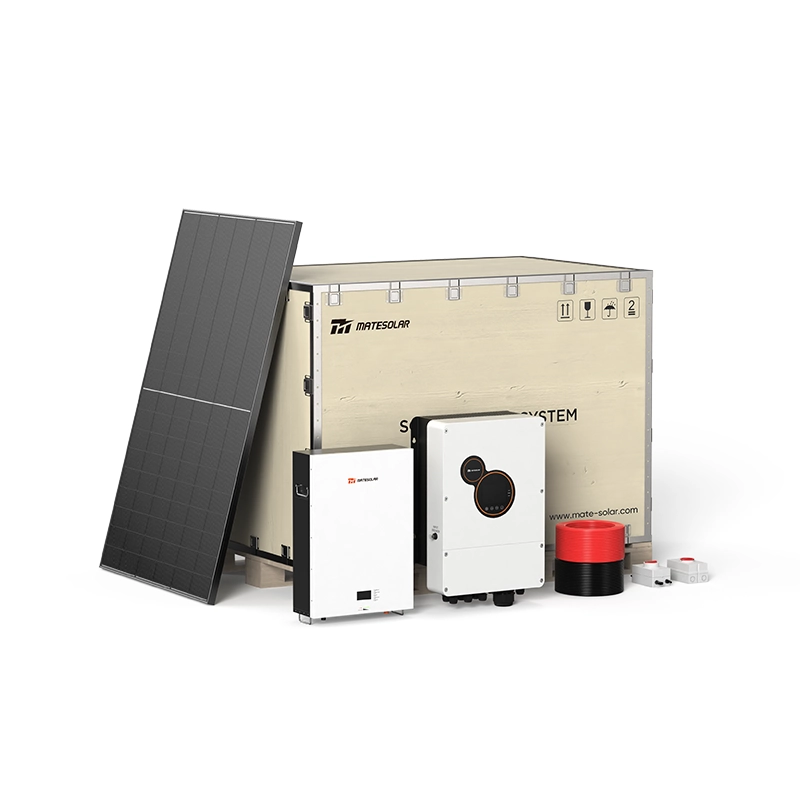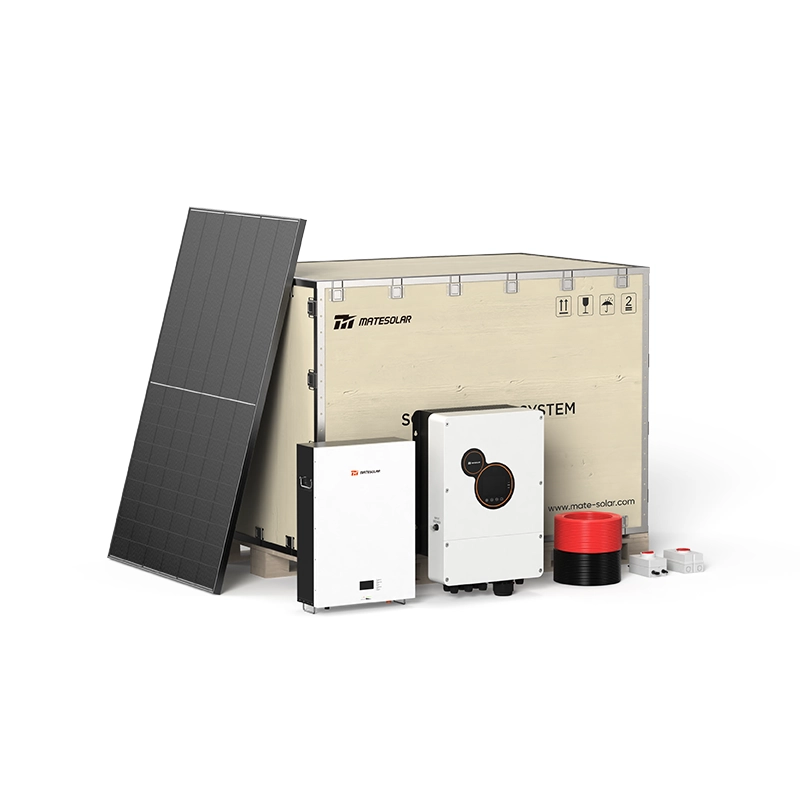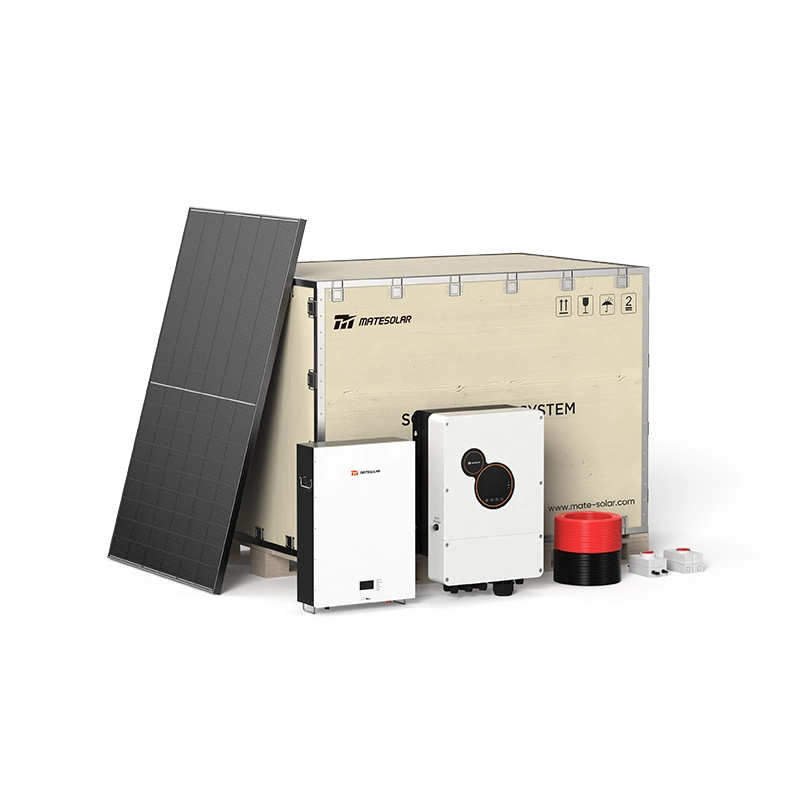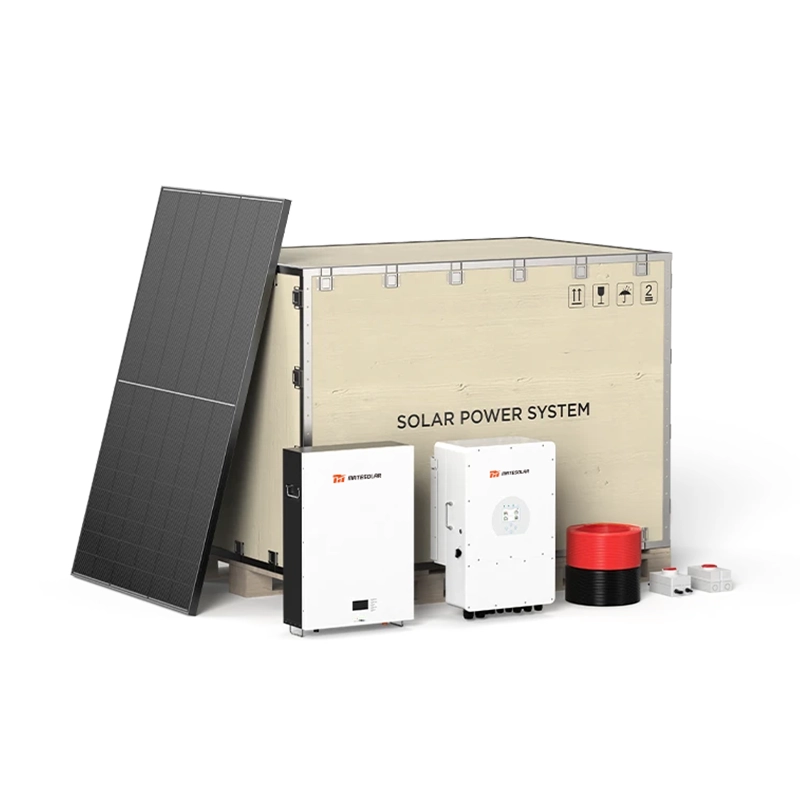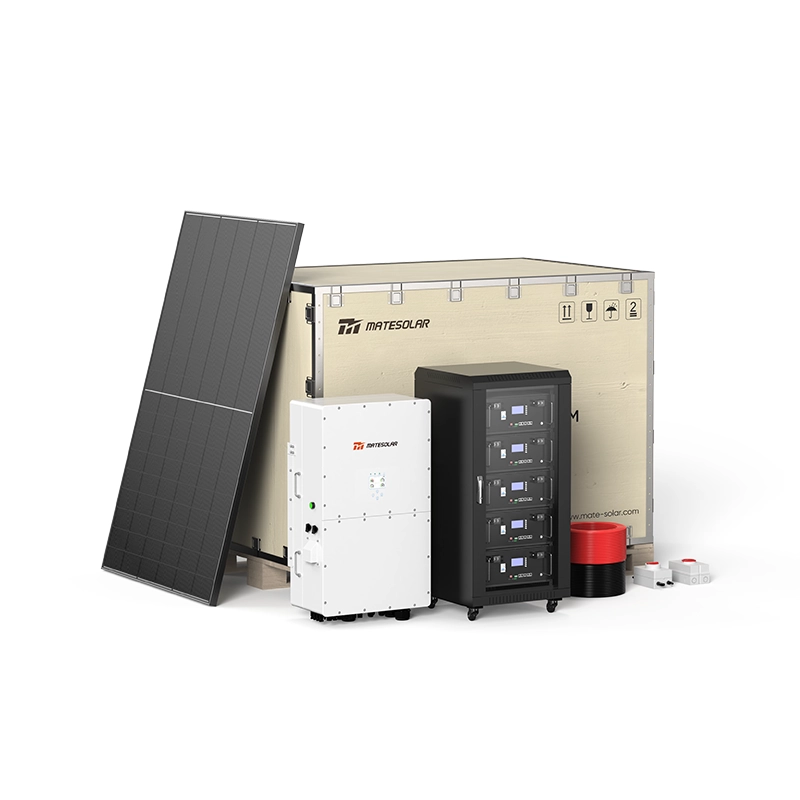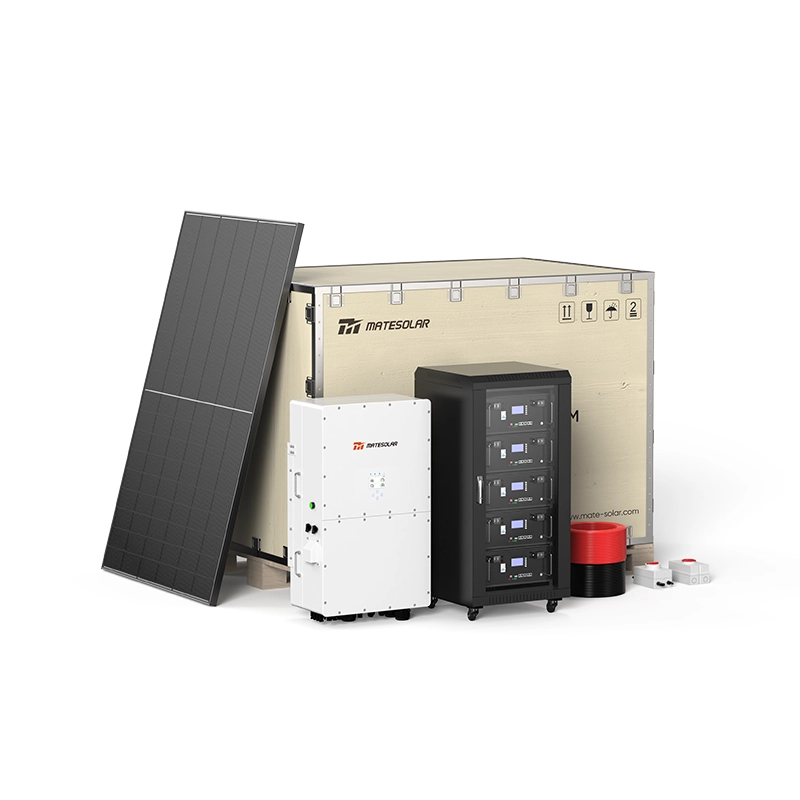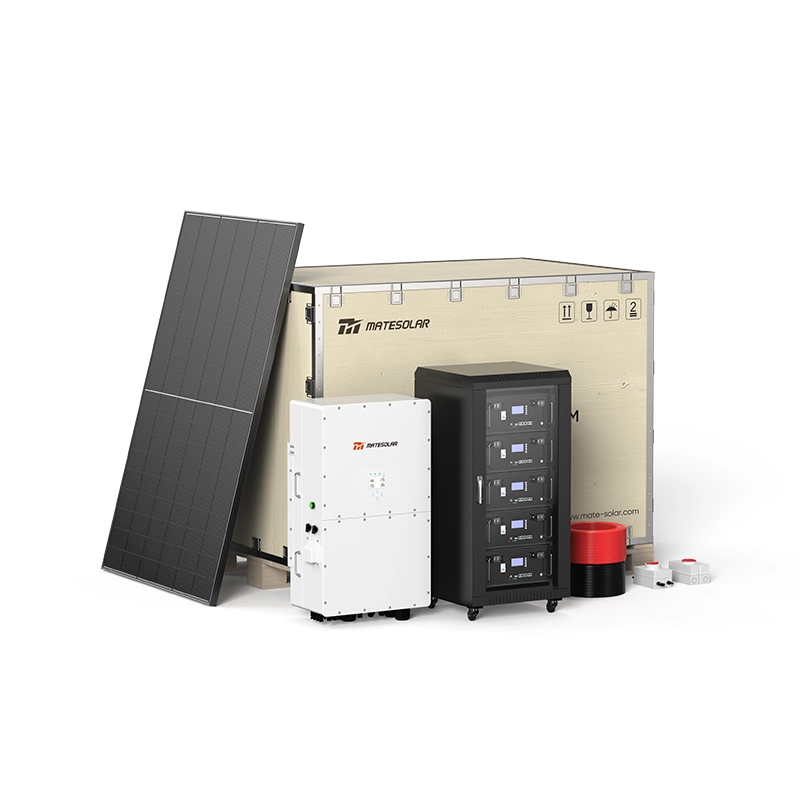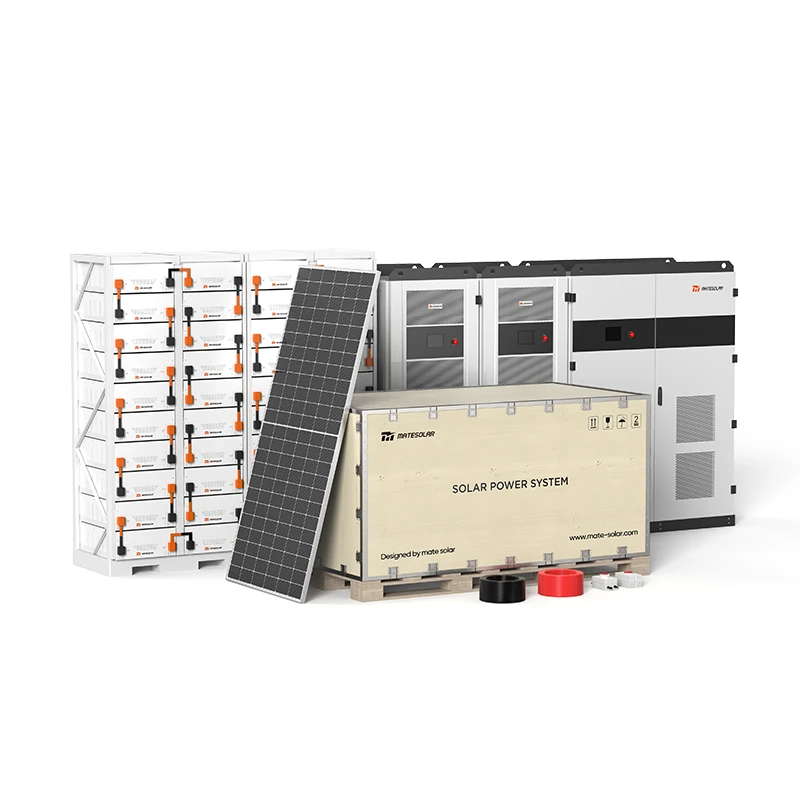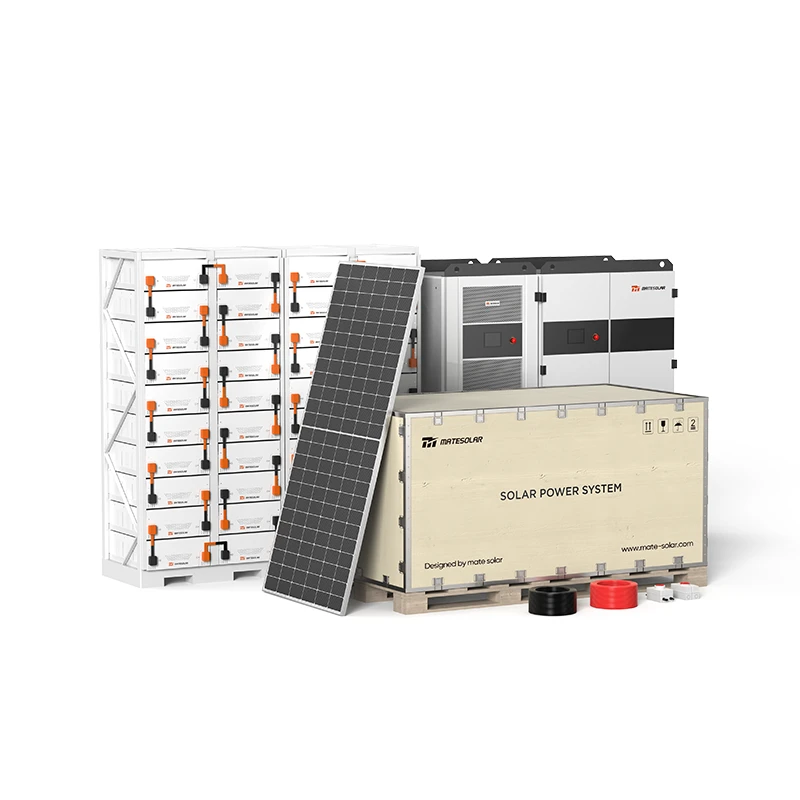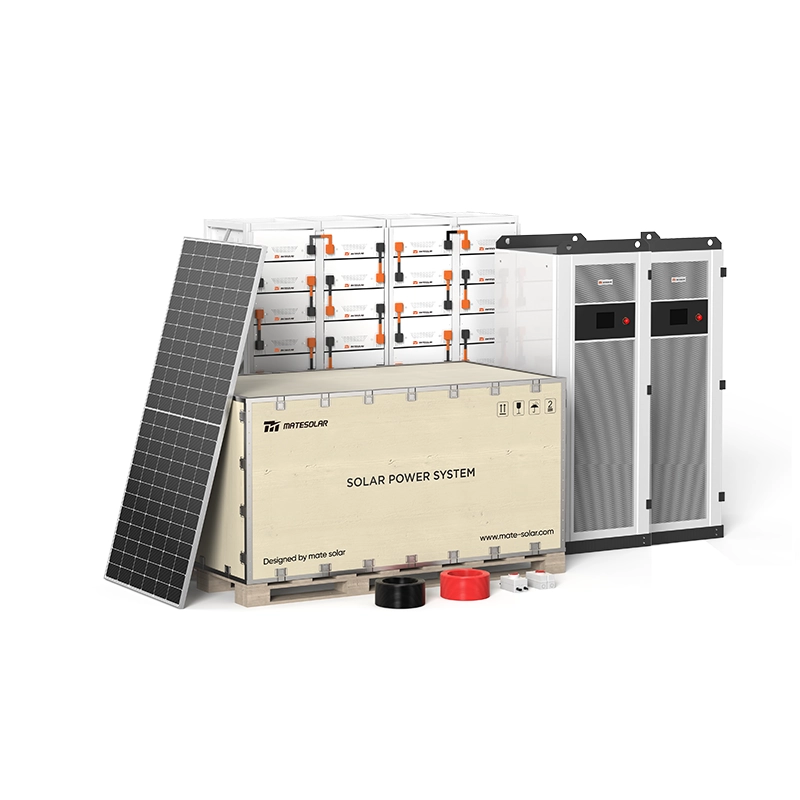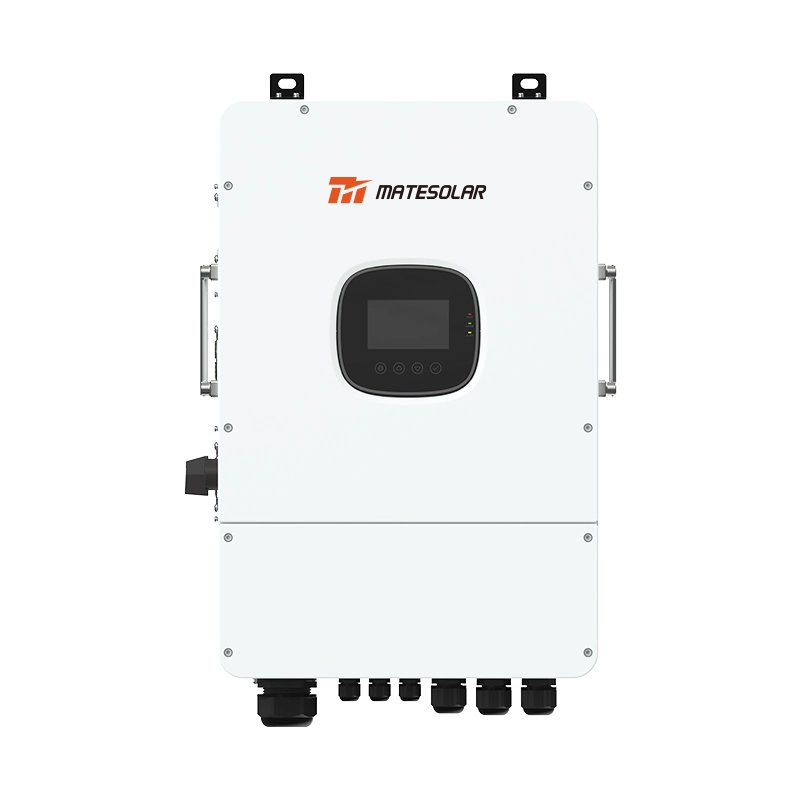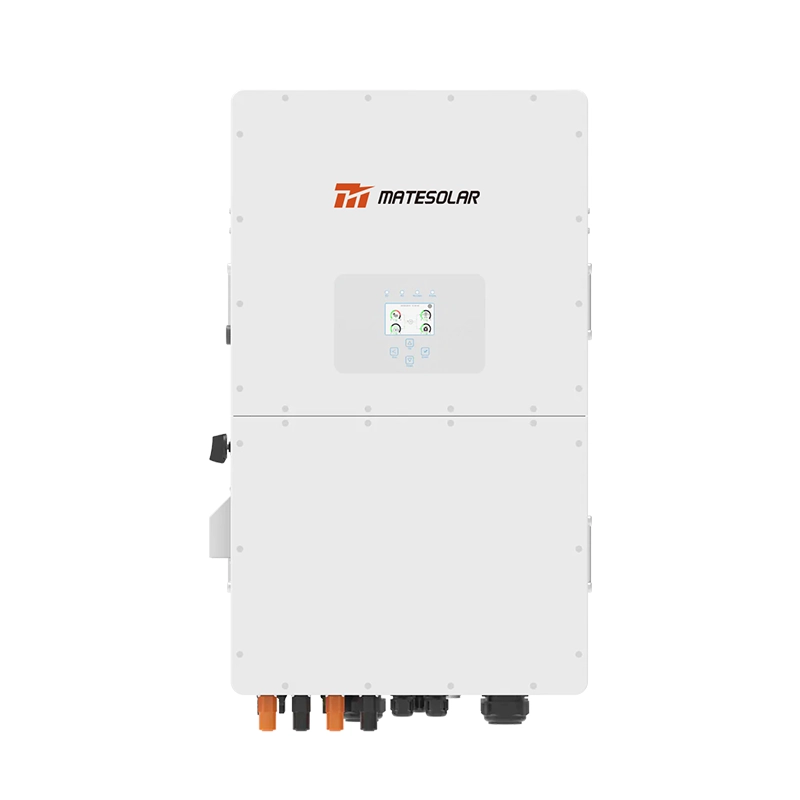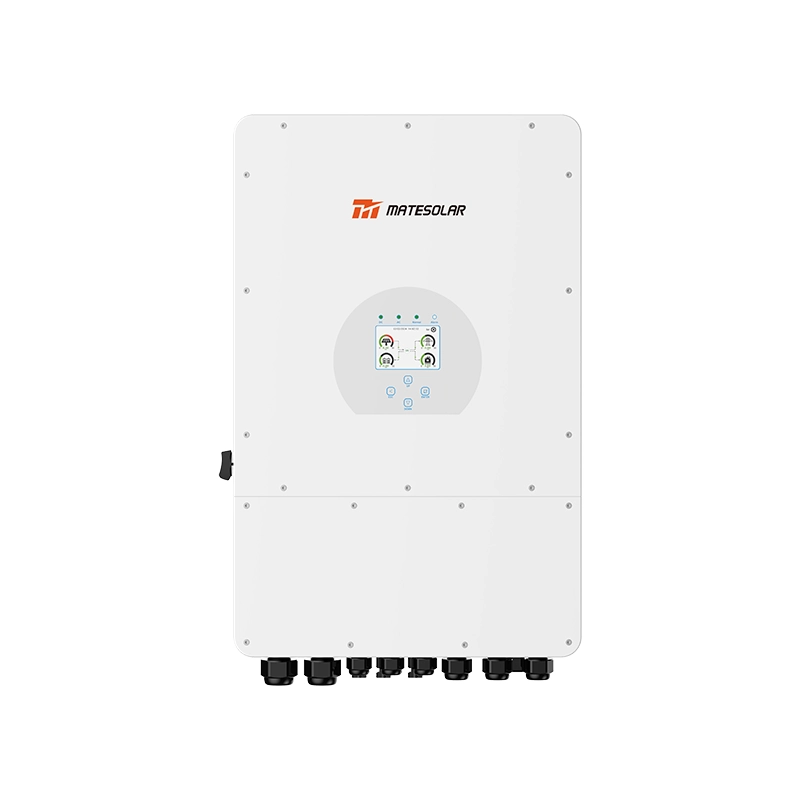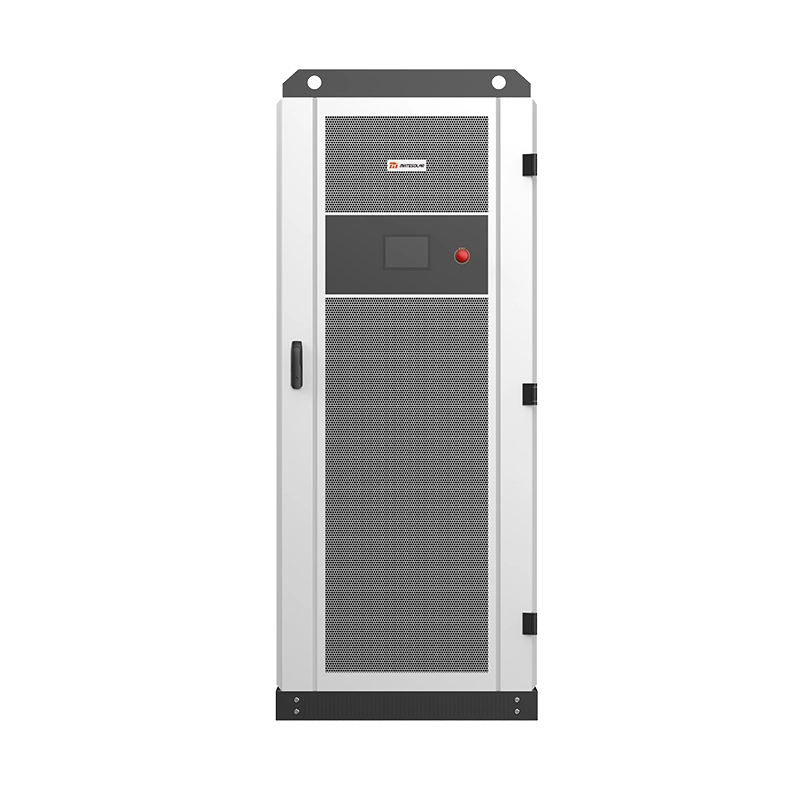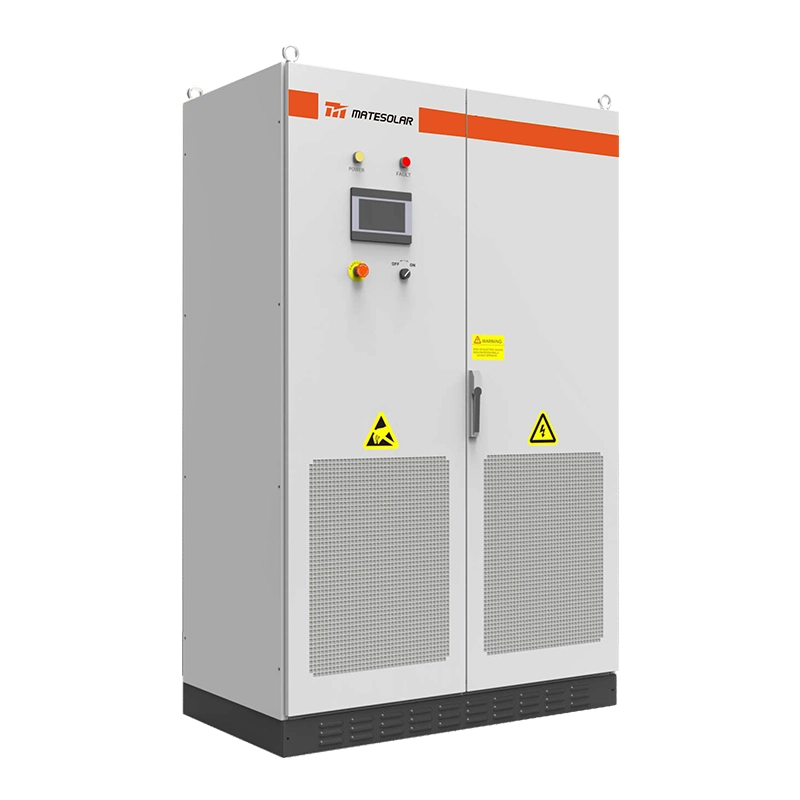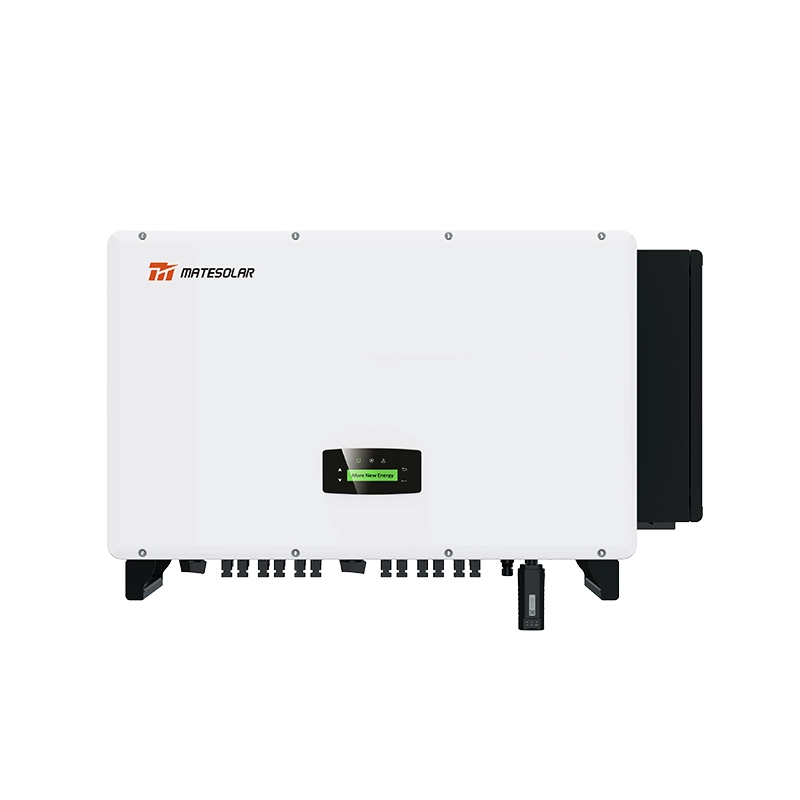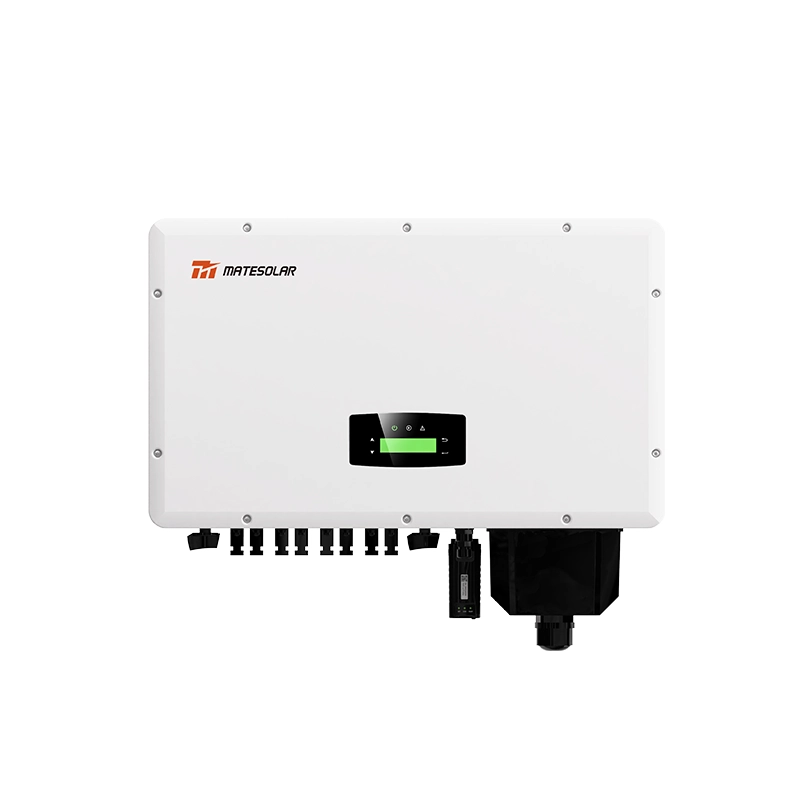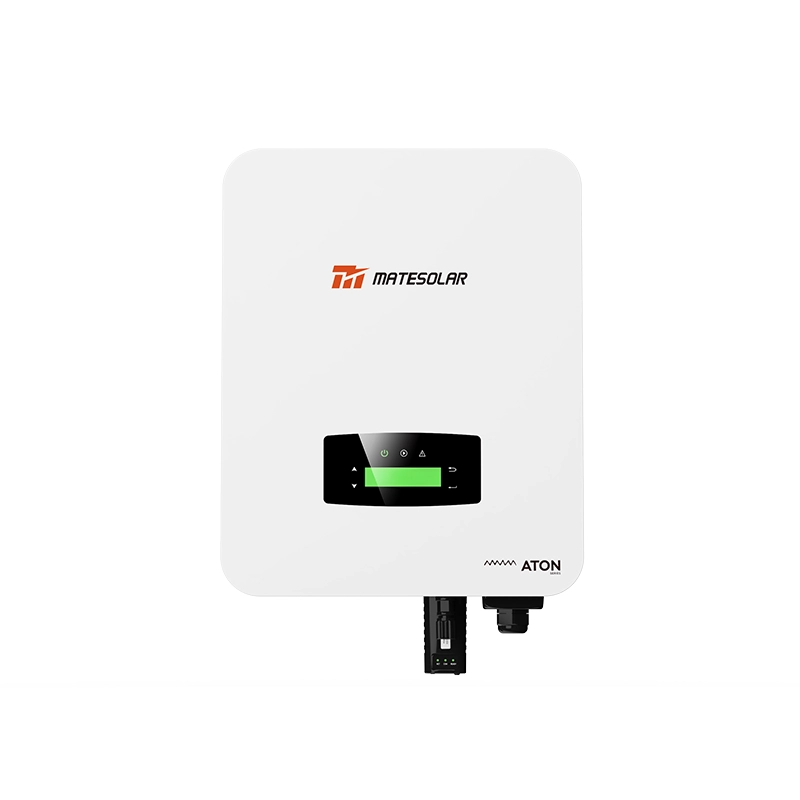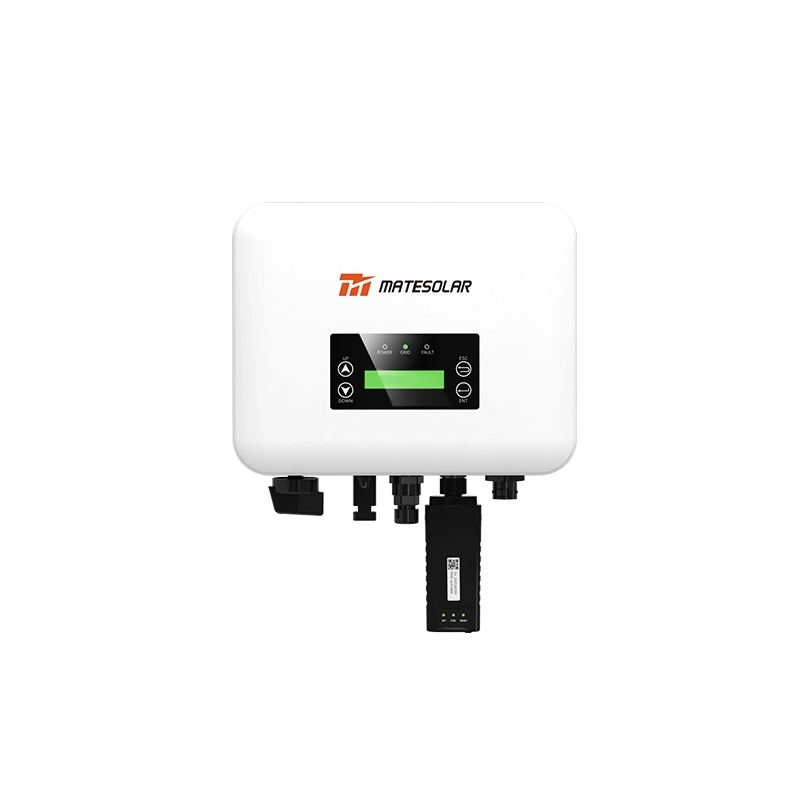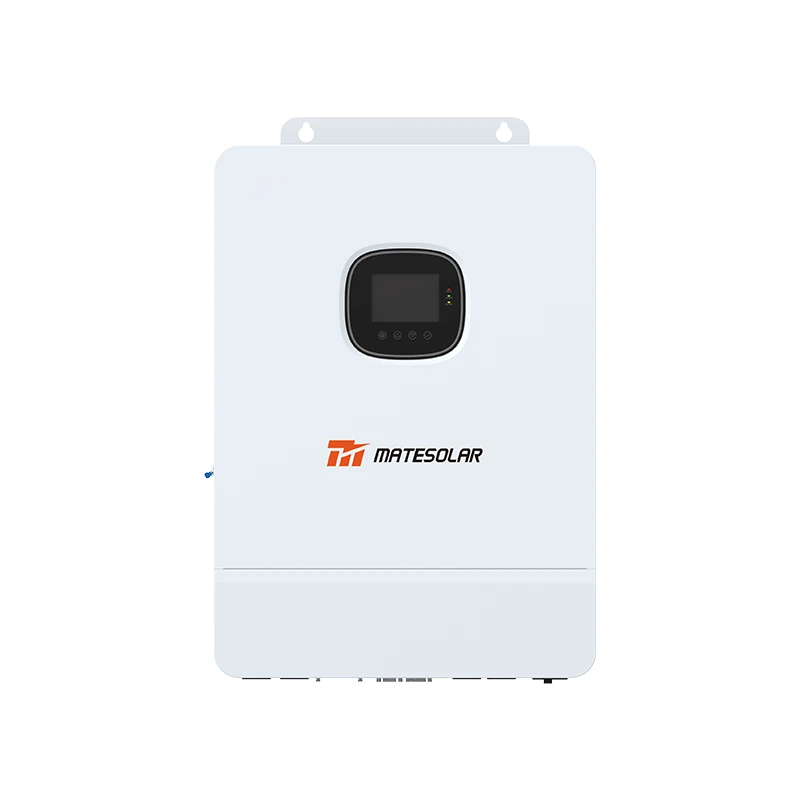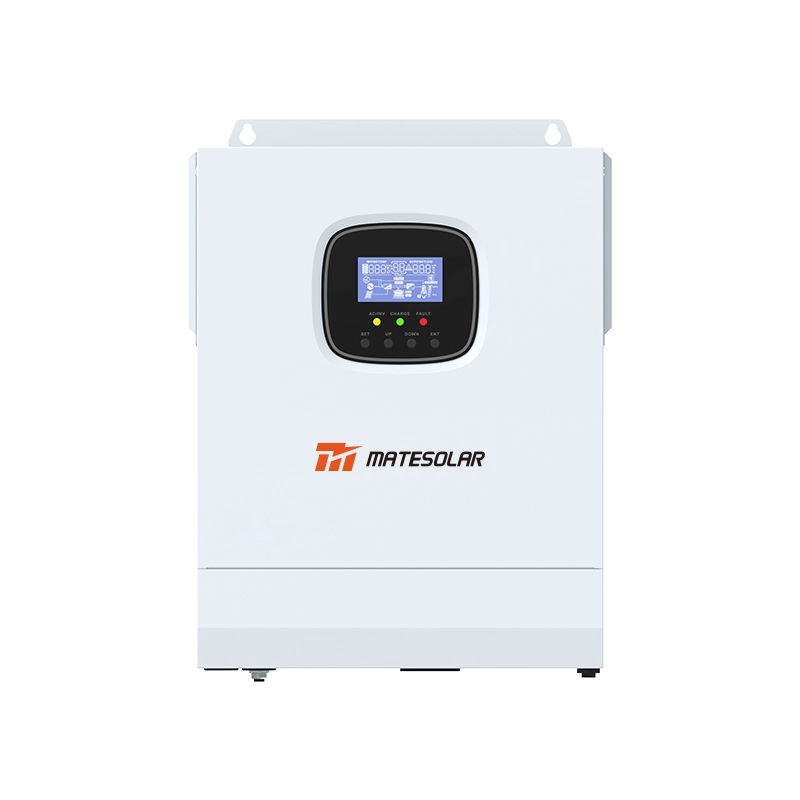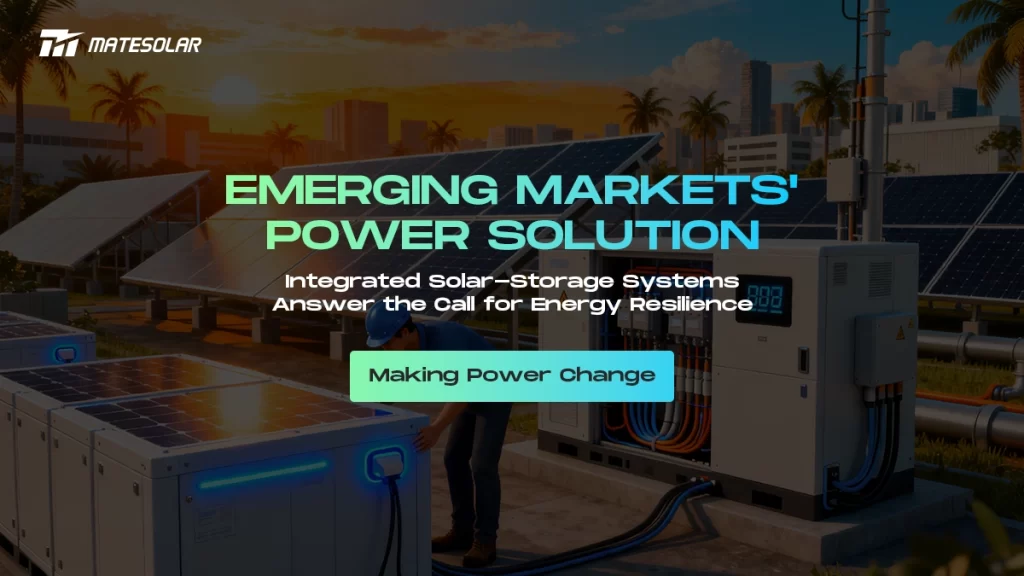
The Core Challenge: Abundant Sunlight, Unreliable Power
In many emerging economies across Asia, Africa, Latin America, and the Middle East, a paradoxical energy crisis persists: abundant solar resources remain untapped while communities and businesses suffer from frequent power outages. These regions face the fundamental challenge of being "sun-rich but power-poor," creating a critical dependency on expensive and polluting diesel generators that drain economic resources.
The energy access gap in these markets presents both a monumental challenge and a substantial opportunity for integrated solar-storage solutions. Unlike traditional solar systems that cease functioning during grid outages, modern solar-storage systems can operate independently, capturing solar energy during daylight hours and dispatching it when needed most—whether after sundown or during grid failures. This capability is transforming energy access in regions where grid instability constrains economic development.
Tailored Solutions for Diverse Market Needs
Residential Solutions: Plug-and-Play Simplicity
For residential applications in remote or grid-unstable regions, simplicity and affordability are paramount. Modern residential storage systems have evolved toward plug-and-play installation and minimal maintenance requirements, crucial for areas with limited technical support infrastructure.
Companies like Huawei have introduced solutions such as their LUNA S1-7kWh system featuring 15-year warranties and 40% more usable capacity than industry standards, significantly extending system lifespan in harsh environments . These systems are designed with heat tolerance and dust protection specifically for challenging climates prevalent across emerging markets.
Similarly, HuaYuxin's balcony micro energy storage system delivers 2.56kWh capacity (expandable to 10.24kWh) in a compact, user-friendly format that seamlessly integrates with microinverters—an ideal solution for urban settings where space constraints traditionally limited solar adoption .
Commercial & Industrial Scale: Reliability Meets Economics
For businesses in emerging markets, power interruptions translate directly to lost productivity and revenue. Commercial and industrial solar-storage solutions must deliver both uninterruptible power and favorable economics to displace diesel generators.
Companies like Zhiguang Electric have developed all-liquid cooled commercial storage integrated units specifically designed for international markets, with configurations supporting 100kW/233kWh and 125kW/261kWh capacities. These systems feature flexible "side-by-side" and "back-to-back" layouts that maximize space utilization—a critical factor for dense urban industrial settings.
The Aqua-E 261 liquid-cooled commercial storage product from Kelu Electronics exemplifies the integrated approach needed for these markets, combining multi-level fire protection and explosion-proof structures with pre-installed debugging that significantly reduces installation time and costs.
Utility-Scale Systems: Grid Stability and Renewable Integration
At the utility scale, large battery storage systems are proving instrumental in stabilizing weak grids and integrating high percentages of variable renewable energy. Georgia Power's recent 500MW battery storage initiative—requiring at least two hours of duration (1GWh total)—demonstrates how utilities are turning to storage to enhance reliability while accommodating growing renewable portfolios.
These large-scale systems increasingly incorporate grid-forming capabilities (often called "grid-building" or "constructing network" technology) that can strengthen rather than simply follow grid conditions. Huawei's constructuring network storage technology has been deployed in challenging environments like Northwestern China, where it helped increase photovoltaic consumption by 75% in high-altitude, low-temperature, weak grid scenarios.
Table: Comparative Analysis of Solar-Storage Solutions Across Market Segments
| Market Segment | System Capacity Range | Key Features | Target Applications |
| Жилье | 5-25kWh | Plug-and-play installation, smartphone monitoring, battery backup for essential loads | Home power backup, peak shaving, off-grid living |
| Commercial & Industrial | 100-500kW | Advanced energy management, demand charge reduction, generator integration | Retail stores, small factories, agricultural processing |
| Коммунальные масштабы | 1MW+ | Grid-forming capabilities, voltage and frequency regulation, black start | Renewable firming, transmission upgrade deferral, peak capacity |
Technical Innovations Driving Adoption in Emerging Markets
Enhanced Environmental Durability
Products specifically engineered for harsh environments are seeing increased adoption in emerging markets. Trina Energy Storage's Elementa 2 Pro system exemplifies this trend with its C5-level corrosion resistance and IP67 protection rating, enabling reliable operation despite high humidity, salt spray, and extreme temperatures common in tropical coastal regions.
The system incorporates an intelligent temperature control system that maintains internal temperature variations within 2.5°C while reducing auxiliary power consumption by 30%—critical efficiency improvements for high-temperature environments where cooling overhead can substantially impact net energy output.
Revolutionizing Safety Standards
Safety concerns remain a significant barrier to solar-storage adoption, particularly in residential settings. Forward-thinking manufacturers are addressing these concerns through multiple protection layers and advanced battery management systems.
HuaYuxin has pioneered the application of automotive-grade safety standards to stationary storage, integrating Grade A+ cells with self-developed BMS, smoke monitoring, and active pressure relief systems . This "vehicle-grade safety" approach brings automotive reliability standards to home and commercial energy storage, potentially transforming consumer confidence in emerging markets.
Simplified Installation and Maintenance
Recognizing the limited technical workforce in many emerging markets, manufacturers are prioritizing simplified installation processes. ZhengTai Power's American version products continue with a modular plug-and-play design that makes maintenance similar to "replacing building blocks"—a crucial feature for remote applications where specialized technicians may be unavailable.
Similarly, their 125kW/261kWh commercial storage integrated cabinet adopts an "All in One" highly integrated design that saves 38.8% of footprint compared to traditional split systems while supporting pre-installation and debugging before factory shipment.
Policy Frameworks Accelerating Adoption
Progressive policy measures have proven instrumental in accelerating solar-storage deployment across emerging markets. Australia's "Home Battery Price Reduction Plan" exemplifies the effective policy approaches that make storage more accessible to average consumers.
Beyond direct subsidies, net metering policies, tax incentives, and streamlined permitting processes significantly impact adoption rates. In some markets, virtual power plant (VPP) programs allow residential and commercial storage system owners to earn revenue by providing grid services, creating an additional income stream that improves system economics.
Kelu Electronics' virtual power plant and electricity retail full-chain solution enables businesses to "participate in electricity energy arbitrage, auxiliary services, demand response and green electricity transactions without needing to be proficient in rules," with AI-powered optimization potentially increasing annual user revenue by 15%-20%.
Table: Representative Policy Support Mechanisms in Key Emerging Markets
| Region/Country | Policy Support Type | Key Features | Impact on Solar-Storage Adoption |
| Australia | Home Battery Scheme | Direct rebates for home battery installation | Significant increase in residential storage penetration |
| Thailand | Carbon neutrality targets | Tax incentives for renewable energy investment | Growing market for commercial & industrial systems |
| European Union | CE certification requirement | Harmonized standards enabling cross-border trade | Simplified market access for certified products |
| Multiple African nations | Mini-grid development funds | Grants and concessional financing for off-grid systems | Rapid deployment of solar-storage mini-grids in remote areas |
Project Spotlight: Real-World Deployment Examples
Red Sea Mega-Project: 100% Renewable Microgrid
The 1.3GWh energy storage and 400MW photovoltaic project on the shores of the Red Sea represents a landmark achievement in 100% renewable-powered development. Using large-scale constructuring network technology, this installation has operated stably for over 18 months, generating more than 1 billion kWh of green electricity while powering an entire urban area without conventional grid connection.
Remote Highland Application: Extreme Conditions Performance
In Northwestern China's high-altitude Ali Gaize county (approximately 4,600 meters above sea level), a 30MW photovoltaic and 6MW/24MWh energy storage station demonstrates the efficacy of solar-storage systems in extreme environments. Despite challenging conditions including very low temperatures and weak grid infrastructure, the constructuring network storage system enabled photovoltaic output to increase from 1.5MW to 12MW—increasing photovoltaic consumption by 75%.
According to power station statistics, the system provided effective support to the grid more than 30 times within 10 days, illustrating the stabilization value of storage in weak grid environments common to remote regions across emerging markets.
Future Outlook: The Path to Mass Adoption
The trajectory for integrated solar-storage systems in emerging markets points toward continued cost reduction, performance improvements, and business model innovation. As battery energy density increases and manufacturing scales further, systems will become increasingly compact and powerful—particularly beneficial for applications where space constraints factor into system economics.
We anticipate growing integration of artificial intelligence and predictive analytics to optimize system operation and maintenance, potentially enabling remote performance management across distributed storage networks. This capability will prove particularly valuable in emerging markets where technical expertise may be geographically concentrated.
Additionally, new financing models including storage-as-a-service and pay-as-you-go structures promise to overcome upfront cost barriers that have traditionally limited storage adoption in cost-sensitive markets.
FAQ: Integrated Solar-Storage Systems
Q: What exactly is an integrated solar-storage system?
A: An integrated solar-storage system combines solar panels with battery storage and intelligent controls in a unified system that can store solar energy for use when the sun isn't shining or during grid outages. Unlike solar-only systems, these integrated solutions can provide backup power and shift solar energy to periods of higher electricity demand.
Q: How do these systems perform in high-temperature environments?
A: Modern systems are specifically engineered for thermal management in hot climates. For instance, Trina's Elementa 2 Pro maintains stable operation even at 55°C extreme temperatures through advanced cooling systems and thermal management designs . Proper ventilation and sometimes liquid cooling systems help maintain optimal operating temperatures.
Q: What is "constructuring network" technology frequently mentioned in storage discussions?
A: Constructuring network (or grid-forming) technology enables energy storage systems to actively stabilize electrical grids rather than simply following existing grid conditions. These systems can provide voltage and frequency support, inertia, and short-circuit capacity—functions traditionally provided by conventional power plants. This capability is particularly valuable in weak grid areas or systems with high renewable penetration.
Q: How long do these systems typically last?
A: System lifespan varies by technology and operating conditions, but modern lithium-based systems typically offer 10-15 year operational lifespans with some manufacturers now providing 15-year warranties. Systems using Trina's Elementa 2 Pro with 314Ah high-performance cells achieve cycle lives exceeding 10,000 cycles.
Q: Can these systems completely eliminate the need for diesel generators?
A: In many applications, yes. Properly sized solar-storage systems can provide 24/7 reliable power, eliminating or significantly reducing diesel generator dependence. For critical applications where 100% reliability is essential, some installations maintain generators as backup for extended cloudy periods, but run them far less frequently, achieving 70-90% fuel savings.
В: Какое обслуживание требуется этим системам?
A: Integrated solar-storage systems require minimal maintenance compared to generators. Basic maintenance includes keeping solar panels clean, ensuring proper ventilation around equipment, and periodic performance monitoring. Most systems include remote monitoring capabilities that alert operators to any maintenance needs.
Embracing the Solar-Storage Revolution
The rapid innovation in integrated solar-storage solutions represents one of the most promising developments in global energy access. By transforming abundant solar resources into reliable, dispatchable power, these systems answer the fundamental challenge of "having sun but no electricity" that has constrained development across many sun-rich emerging economies.
From the residential consumer seeking basic electricity access to the industrial facility requiring uninterrupted power for operations, solar-storage systems offer a scalable, increasingly economical alternative to traditional grid infrastructure and diesel generators. As technology continues advancing and costs declining, these integrated solutions will play an indispensable role in powering sustainable development worldwide.
MateSolar is a leading one-stop photovoltaic energy storage system solution provider offering comprehensive solar-storage solutions for global markets. Our product portfolio includes the innovative 25KW Hybrid Solar Energy Storage System
ideal for residential and small commercial applications with significant energy needs, and the robust 500KW Hybrid Solar Energy Storage System
designed for large commercial and industrial campuses. Explore our complete range of solar photovoltaic energy storage power systems to find the perfect solution for your energy requirements.





